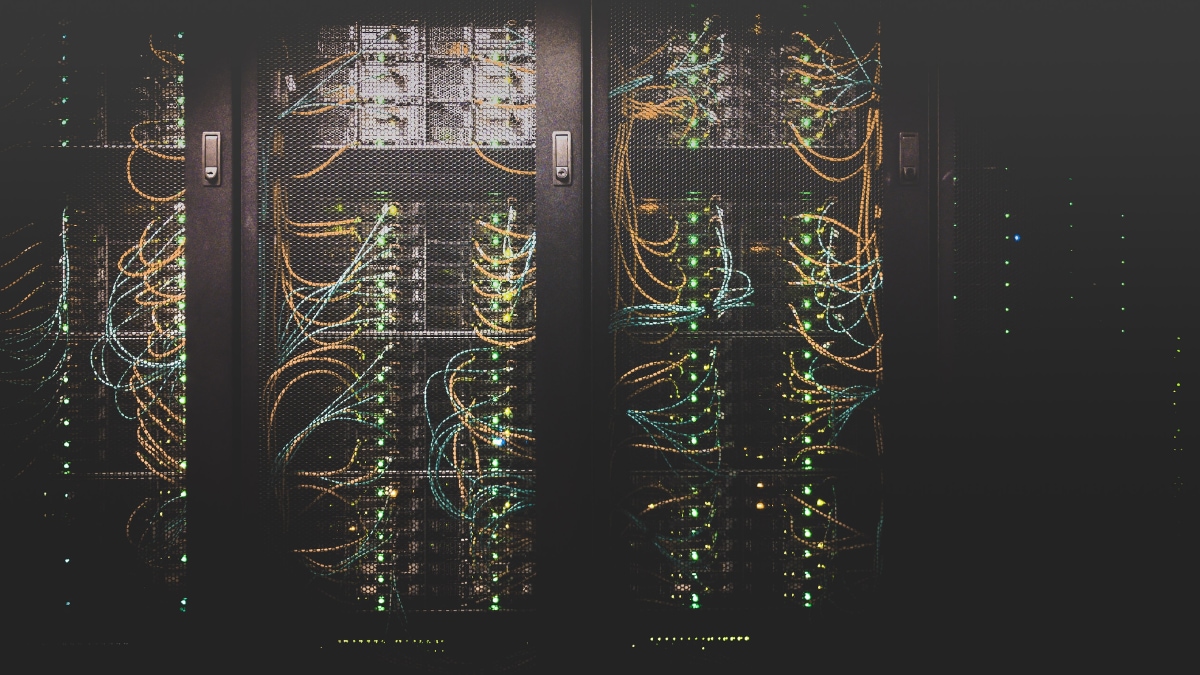Infrastructure Automation Simplified

Infrastructure automation is the key to streamlining the management of cloud resources and reducing human error. Terraform is a game-changer, simplifying modern infrastructure management.
Terraform is an open-source tool that is freely available for users to access, modify, and distribute. As an Infrastructure as Code (IaC) solution, Terraform allows you to write code that represents your infrastructure components, making it easier to manage and automate the provisioning of these resources.
HashiCorp is the driving force behind Terraform. They have a suite of tools, such as Vault, Consul, and Nomad, that cater to various aspects of cloud infrastructure management. Terraform, one of their flagship products, has garnered significant attention and adoption in the industry.
Terraform utilizes a declarative language called HashiCorp Configuration Language (HCL) to describe your infrastructure. This language is human-readable and machine-friendly, making it easy to define, review, and update your infrastructure. With HCL, you specify the desired end state of your infrastructure and Terraform creates, updates, or deletes resources as needed to achieve that state.
One of Terraform's key strengths is its ability to work seamlessly with various cloud providers, such as Amazon Web Services (AWS), Microsoft Azure, and Google Cloud Platform (GCP). This multi-cloud compatibility enables you to manage your infrastructure across different platforms using a unified tool. Terraform achieves this through "providers," which are plugins that allow Terraform to communicate with various cloud platforms and services.
Terraform enables you to manage your cloud resources through code, making it easier to create, modify, and delete resources as needed. By abstracting the underlying cloud provider APIs, Terraform presents a consistent and unified interface to manage resources across different platforms. This streamlines your infrastructure management process and eliminates the need to learn multiple cloud-specific tools and languages.
Terraform's IaC approach allows your team to collaborate more effectively by treating infrastructure code as any other software code. By storing your Terraform code in version control systems, team members can easily review, comment on, and contribute to the infrastructure codebase. This shared understanding of infrastructure components helps to ensure accurate and consistent knowledge.
Manual infrastructure management is prone to human errors, leading to downtime or security vulnerabilities. By defining your infrastructure as code, Terraform reduces the risk of mistakes by ensuring that resources are provisioned and configured consistently. Additionally, Terraform's "plan" command lets you preview the changes before applying them, reducing the chances of introducing errors.
With Terraform, your infrastructure code can be versioned alongside your application code, making it easier to track changes and maintain a history of infrastructure modifications. This provides better visibility into your infrastructure evolution and simplifies rolling back to a previous state in case of issues. By integrating Terraform with your Continuous Delivery (CD) pipelines, you can further automate the deployment and management of your infrastructure.
Manual infrastructure provisioning can be time-consuming and error-prone, especially when dealing with large-scale or complex environments. Terraform automates provisioning, ensuring that resources are created and configured rapidly and accurately. This accelerated provisioning allows you to respond more quickly to changing business requirements and reduces the time spent on manual, repetitive tasks.
Infrastructure automation with Terraform simplifies cloud resource management, increases collaboration, and reduces human error. By adopting Terraform for your infrastructure management, you will be better equipped to navigate the complexities of modern cloud environments and deliver faster, more reliable results.